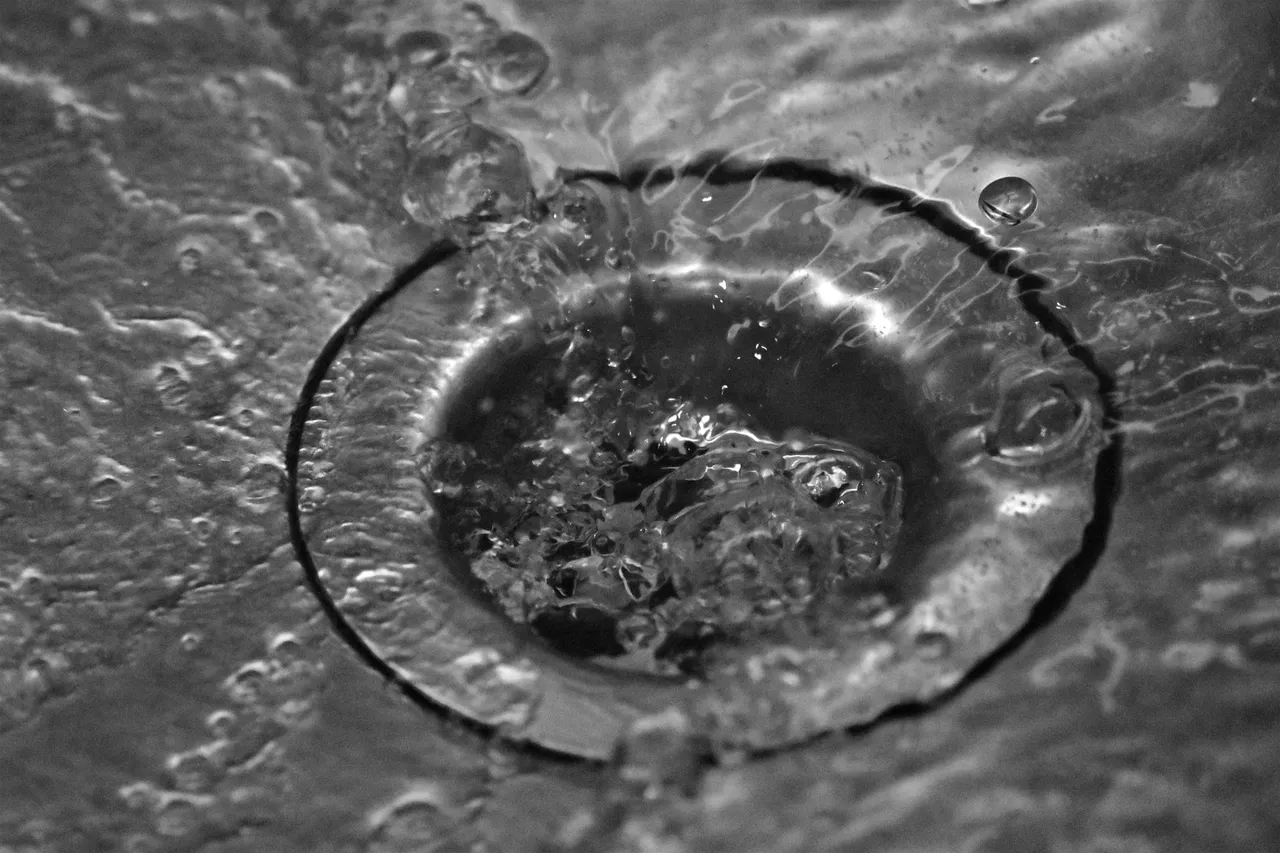
I've noticed some users saying that it's a bad thing that about 200 million of the 370 million or so HIVE in existence are liquid and about a half of that is on exchanges because that leads to price volatility.
The opposite is true. The smaller the number and proportion of liquid HIVE is, the greater the price volatility will be. This is because the price of HIVE is completely controlled by holders of liquid HIVE and particularly those who hold it on exchanges. Staked HIVE is non-transferable and can only be traded over the counter, which is rare. OTC trades have only an indirect impact on spot prices anyway.
Suppose HIVE stops being a speculative asset and that most of the demand for it is motivated by Hive Power giving access to external revenue streams generated by its utility. Will every holder power up to gain access to those revenue streams? Absolutely not. Because with every increase of the relative size of the vesting fund (all the powered up HIVE), the number and proportion of liquid HIVE held on exchanges will shrink. At some point, by holding even a tiny amount of HIVE one can wield enormous power over the price. It will be possible to cheaply and easily manipulate the price. To make use of the price swings, partially brought about by manipulation, it pays to hold liquid HIVE. But because Hive Power holders will be able to cash out without powering down and selling their HIVE, fewer will want to do so. Most likely, the vesting fund will be larger relative to the entire supply but a sizable chunk of HIVE will always remain liquid.